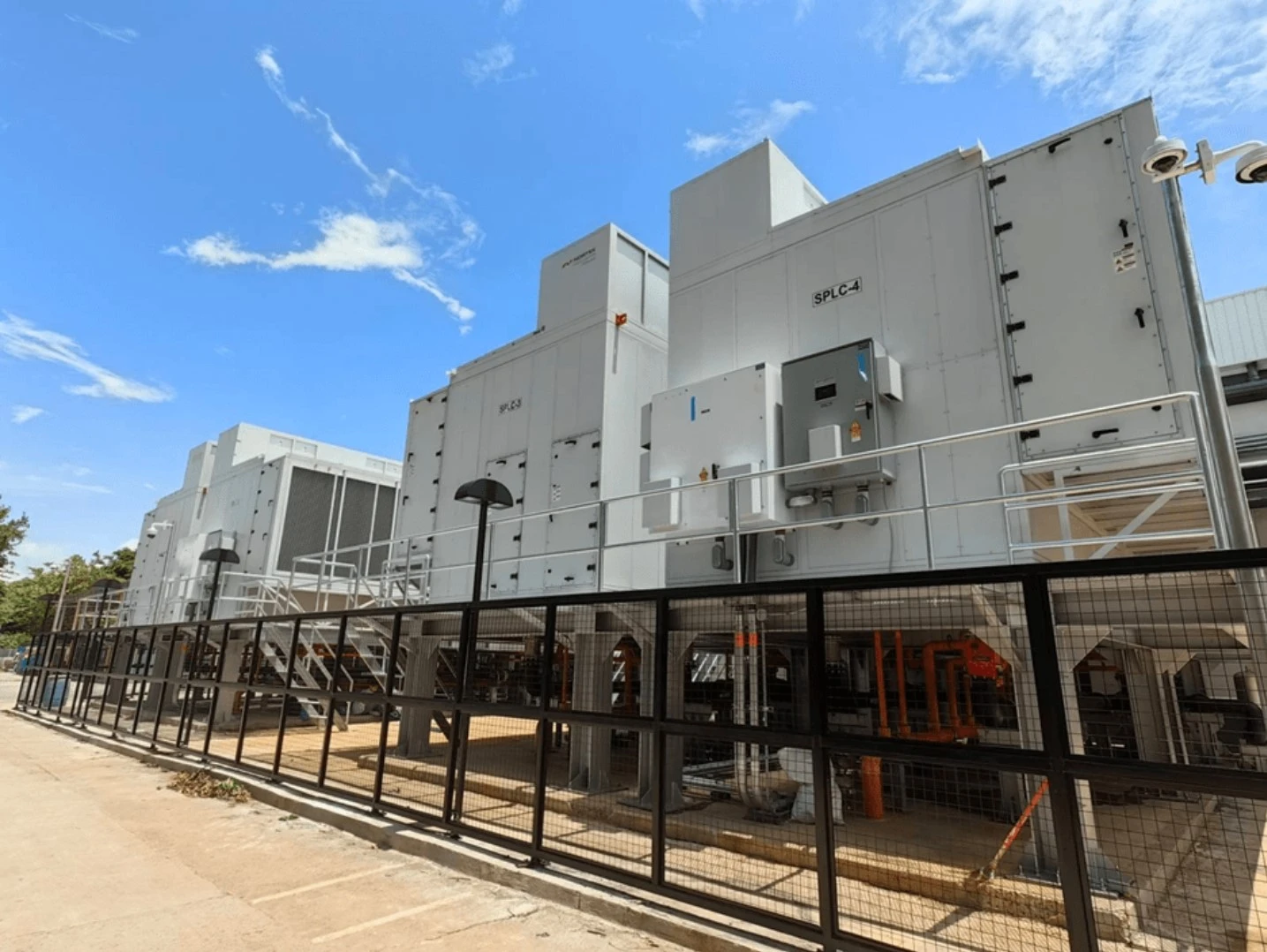Data Center Cooling Systems to Optimize Server Performance

Modern data centers are complex systems that require continuous monitoring and management to operate efficiently and safely.
One of the crucial tasks for data center managers is maintaining an optimal temperature. If the temperature and humidity inside a data center rise significantly, condensation can form, potentially damaging hardware.
This damage can cause significant operational disruptions, making condensation prevention a top priority.
Fortunately, various technologies can help maintain appropriate temperature levels in data centers. Let’s explore these technologies!
What Is a Data Center Cooling System?
A data center cooling system is a technology designed to maintain the temperature and humidity levels within a server room.
Most cables and components in the server room can quickly deteriorate if exposed to high temperatures and humidity.
Therefore, cooling systems are essential to protect this equipment. Additionally, without a cooling system, server performance can slow down due to heat.
Types of Data Center Cooling Systems
1. Air Cooling
Air cooling involves using raised flooring in the server room, creating a gap between the servers and the floor for ventilation of cold and hot air.
The technology behind air cooling has evolved over the years, but the principle remains the same. The main difference between air cooling systems is how airflow is controlled.
Some air cooling technologies include raised floor platforms, cold/hot aisle containment, and temperature/humidity control.
2. Liquid Cooling
Liquid cooling uses a closed-loop system with a liquid interacting with a heat exchanger. Because liquid is better at transferring heat, it can support larger data center capacities.
This method involves transferring the heat generated by server chips into a dielectric fluid that continually cools and circulates.
3. Evaporative Cooling
Evaporative cooling combines air cooling and liquid cooling, where temperature reduction occurs when water is exposed to moving air and begins to evaporate.
4. In-Row Cooling and Heat Exchangers
As design densities exceeded the 5-kilowatt (kW) limit, designers began considering alternative cooling methods and technologies. Since then, data center cooling has seen many advancements, including in-row cooling and heat exchangers.
Nortek Cooling System at EDGE DC
EDGE DC, a leading data center company, has set new standards in sustainable data center design to reduce carbon footprints (Green Data Center).
One concrete step taken by EDGE DC is the use of 100% Renewable Energy Certificates (REC) from PLN at its first data center, located in downtown Jakarta, EDGE1 since 2023. This aligns with the corporation’s program to achieve carbon neutrality by 2030.
Read more: Green Data Centers: The Future of Sustainable IT Infrastructure
Nortek Data Center Cooling’s StatePoint® Liquid Cooling Technology
The latest EDGE2 data center, with a capacity of 23 MW, will be the first facility in Indonesia to use Nortek’s innovative cooling technology. This technology will make EDGE2 one of the most efficient data centers in the market when it begins operations in 2024.
Nortek’s technology, called the StatePoint Liquid Cooling System (SPLC), introduces a new paradigm in cooling processes for data center environments.
This technology uses indirect evaporative cooling with a unique semi-permeable membrane that separates water from the air stream, resulting in significant PUE and WUE savings.
The innovative membrane exchanger allows evaporative cooling through microporous membranes, significantly reducing annual electricity and water consumption compared to existing technologies. This technology can also be applied to various environmental conditions.
Digital Edge, the first data center operator in the Philippines that chose Nortek’s StatePoint® Liquid Cooling Technology for its 10-megawatt data center in Manila.
The hot and humid climate in the area poses unique challenges for sustainable and cost-effective data center cooling solutions, which will provide reliable cooling now and in the future.
SPLC is designed to maximize PUE and WUE savings to provide data centers with better cooling solutions for both businesses and the environment.
It includes impressive savings in power and water consumption and offers value and peace of mind from a durable, sustainable system that is simple and elegant, and capable of cooling data centers throughout their lifecycle.
Conclusion
Data center cooling systems play a critical role in maintaining optimal server performance.
By implementing Nortek cooling technology, EDGE DC strives to set higher standards in sustainable data center design and operation to support sustainable digital businesses in Indonesia.
For more information about our colocation data center services and interconnectivity, please contact us below.


